By Rod Sturgis and Rick Bairett
What autoholic doesn’t at least consider modifying their car to make it even better? Mod’s can improve acceleration, speed, handling in the corners, and overall driving experience. Of course they aren’t normally cheap, and the list of possible improvements seems endless.
So how should we prioritize modifications in the order of importance? This article provides perspective from someone who’s been there. It assumes you want to run your car on track—for instance a road or autocross course—however, many of the recommendations apply to street cars as well.

Safety
If you are going to track, autocross, or drift your car, it may need safety modifications. Many convertibles, for instance, need a roll bar. Since roll bars are not all created equally, check your club rules to make sure you are in compliance. That’s also true of other possible safety requirements such as fire suppression systems, driver harnesses, full roll cage for wheel-to-wheel racing, etc.
Club rules aside, it may just make sense to protect yourself with a full harness and a HANS device (head and neck restraint system) instead of relying on OEM seat belts and air bags. A harness is also likely to require a harness bar—another potential safety mod to your car or roll bar/cage.
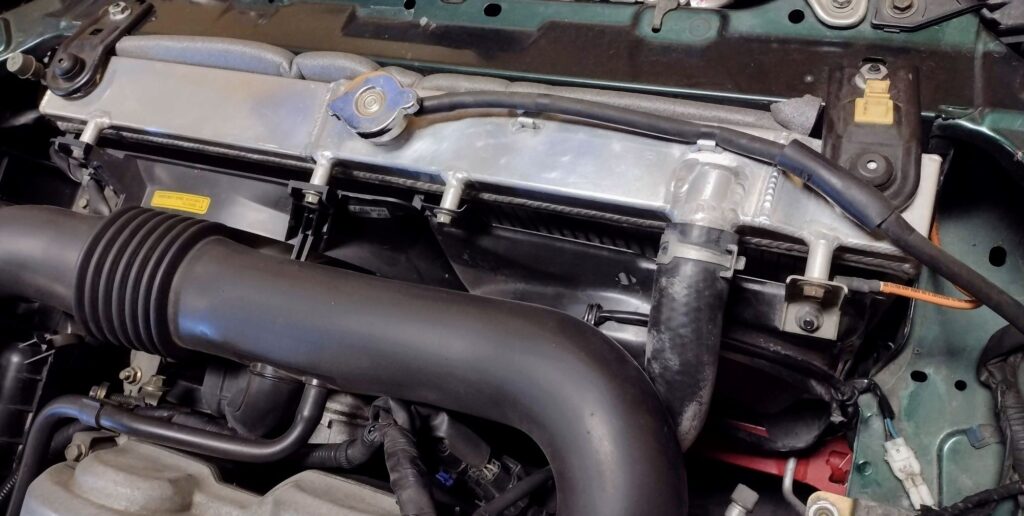
Reliability—It’s All About Cooling
Many of us like power, and lots of it. So we may be tempted to zero in on engine output when makin’ mod’s. Still, don’t forget basic internal-combustion engine functioning.
Getting more power out of an internal-combustion engine involves cramming more fuel and air in. Since the motor is burning that air-fuel mixture, engines pushing more power invariably produce more heat. If your upgraded engine fails because it can’t handle the heat, you’ll have an expensive pile of junk on your hands. Thus, we should focus on making an engine more reliable before and as we increase output.
To keep an engine running cooler, many drivers report that something as simple as a bottle of Red Line “Water Wetter” in the radiator helps with cooling. The product purportedly decreases the surface tension of water and helps the coolant extract engine heat more effectively.

Of course a larger radiator, with more coolant capacity, greatly improves cooling. A larger-than-stock radiator, with bigger cooling fans, may be essential when power is increased significantly. Depending on the motor, an add-on engine oil cooler should also be considered for regular track work. Hood vents can help with cooling too, but they do expose the engine bay to the elements.

Transmissions—especially automatics—also heat up with higher speeds and when more power is pushed through them. Besides wearing faster, when the fluid gets too hot, automatic transmissions may lose effectiveness and start slipping. Just like a truck benefits from a transmission (fluid) cooler when towing heavy loads, an aftermarket cooler may be needed for your performance car.
Brakes are another component that lose effectiveness (fade) with heat. The near-constant accelerate-decelerate cycles that occur on tracks and autocross circuits ask a lot of them, heat them up, and make them start to give up.
More aggressive pads (racing compounds) will handle heat better. Note that the more aggressive the pad, the more heat is required for that pad to grip properly, so pick your pads based on how you are going to use them and your skill level.
Clean brake fluid is also key. Use a good, high boiling point fluid and keep it fresh, replacing it at least annually.
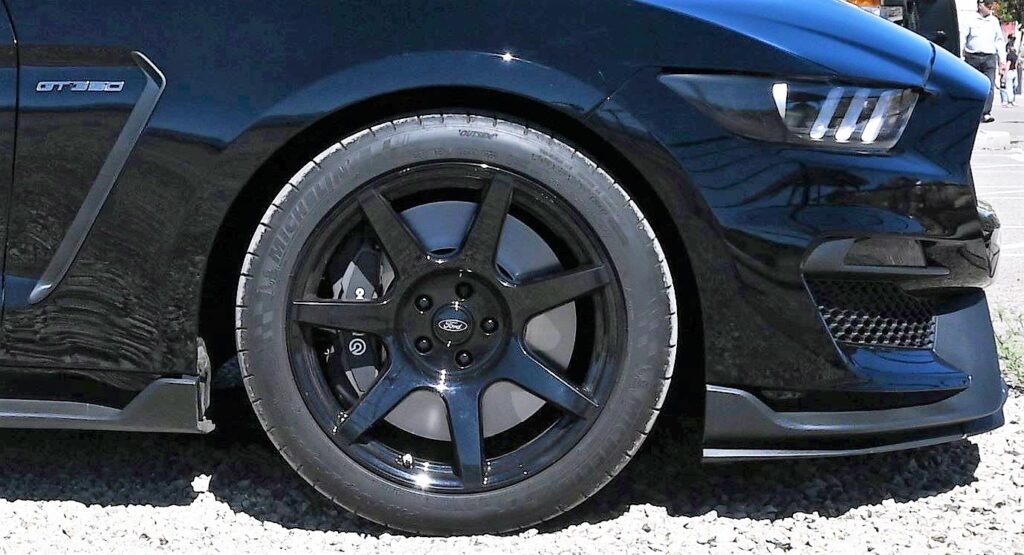
Wheels & Tires
A vital part of using power (and momentum) in racing is the ability to stick it to the ground. So those small contact patches provided by the tires are critical.
For track use, aligning your tires with slight negative camber increases tire longevity and improves tracking when cornering hard. Thus, adding camber plates to your car, so you can make track-day adjustments, may be an important modification.
For more frequent track use, consider a separate set of track wheels and tires. This will let you use better, track-specific tires as your skills increase. Also, running square—same tire and wheel size at all four corners—gives you more ability to rotate the track tires and optimize life.

Suspension
What was stable and predictable at lower speeds may not feel that way as you get faster. Noticing that change means it’s time to consider suspension modifications, including sway bars, shocks and springs.
Sway bars limit body roll, and limit the corresponding weight shift to the outside of a turn at the very moment you’d like more weight on the inside. Spring rate and damping can also limit body roll when cornering and accelerating, as well as limit nose dive when braking (see Lambert (2021) at https://www.penskeshocks.com/blog/spring-rate-or-damping-how-to-stiffen-rear- suspension-properly for a more thorough discussion).
If you are considering adding sway bars, or adjustable shocks and springs, talk to others who drive similar cars about their experience. Also, stick with reputable manufacturers that have a proven track record (pun intended).
Finally, make one change at a time when modifying or adjusting your suspension. Multiple changes may make it impossible to determine what’s working in your favor, and what isn’t, for more predictable handling and better lap times.

Aerodynamics
For track use, it may not be worthwhile to add aero initially. Once you have maxed out other options, and increased your skills to the point where you are searching for additional tenths of a second, it may be worthwhile. Until then, you may not notice a difference.
There are two main categories of aero mod’s. First, those that reduce drag by smoothing out parts of the car, such as the undercarriage. Second, those that increase downforce—and usually increase drag—such as (inverted) wings and front splitters. Smooth undercarriage panels may also help create a Venturi effect under the car and increase downforce.
Many of us would gravitate first to wings and splitters. However, the right undercarriage panels simultaneously decrease drag while increasing downforce. How cool is that?
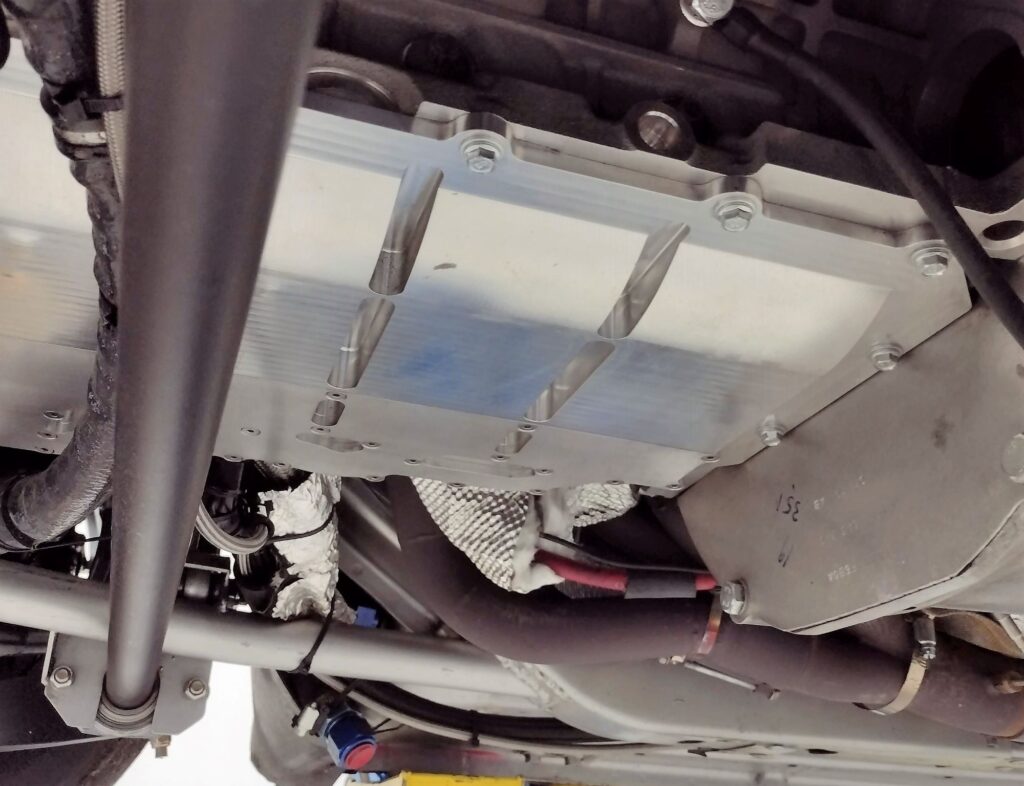
Be aware that aero mod’s require significant airflow to make much difference. Thus, for low-speed applications, such as autocross or most street driving, large wings and splitters are needed to generate meaningful downforce. Unless your car has plenty of excess thrust, aero benefits could very well be offset by additional weight and drag.
Speeds are typically higher on road courses or large ovals. So the tradeoff is between faster cornering speeds from additional downforce on the tires, but slower straightaway speeds due to higher drag. Again, if your car generates plenty of power aero may be worthwhile. For lower-powered cars, however, your lap times may not be improved by some aero mod’s.
Finally, don’t forget balance. A rear wing and front splitter should complement each other by generating roughly equal downforce on the front and rear, or otherwise achieving the desired front-rear bias.


Horsepower vs. Weight
Additional horsepower is undoubtedly fun and there are many ways to get it. Some include re-tuning engine ECUs (electronic control units), reducing exhaust and intake airflow restrictions, or adding forced induction. Internal engine mod’s, such as higher compression ratio, increased displacement, and higher-lift, longer-duration camshafts are also an option.

Since increased horsepower always equals increased heat, as discussed above, “adding lightness” is often better than adding horsepower. There’s a reason Miatas regularly outperform higher horsepower vehicles in autocross events. High horsepower may be fun, but lighter is often faster.
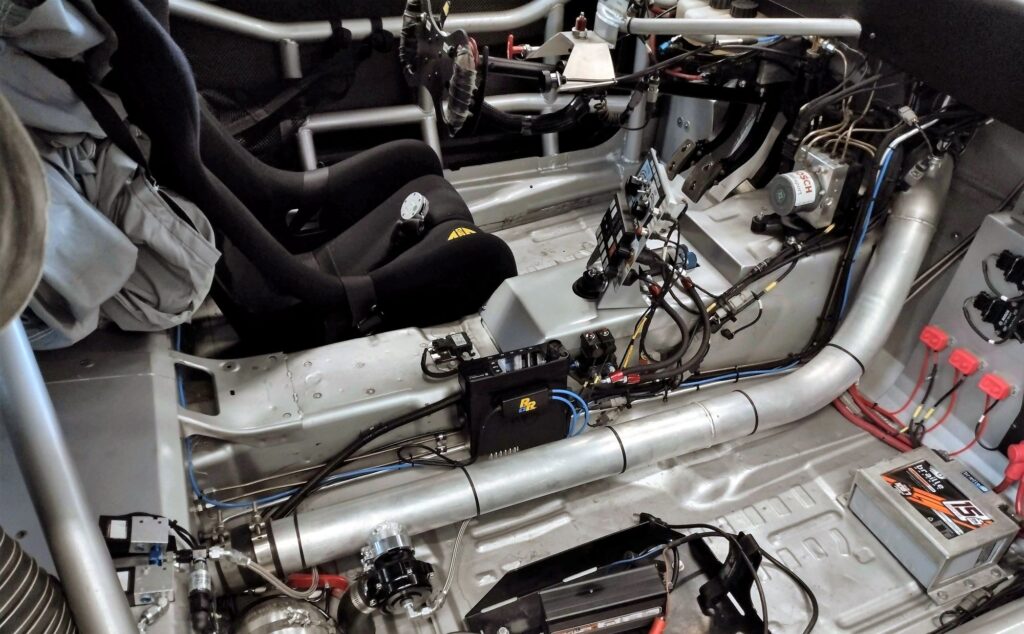
Keep the End in Mind
Of course all of the above should be taken in the context of what you want your car to do better. Different mod’s, and somewhat different prioritization of mod’s, vary with the end goal. A wheel-to-wheel racer is going to need different mod’s than an autocross car…etc. If you haven’t already, take advantage of the community of drivers running similar cars to yours, with goals that are similar to yours.
Also, don’t forget that the “nut behind the wheel” probably needs at least as much modification as the vehicle to accomplish those goals. So focus just as heavily on sharpening your skills as you do on sharpening your car.
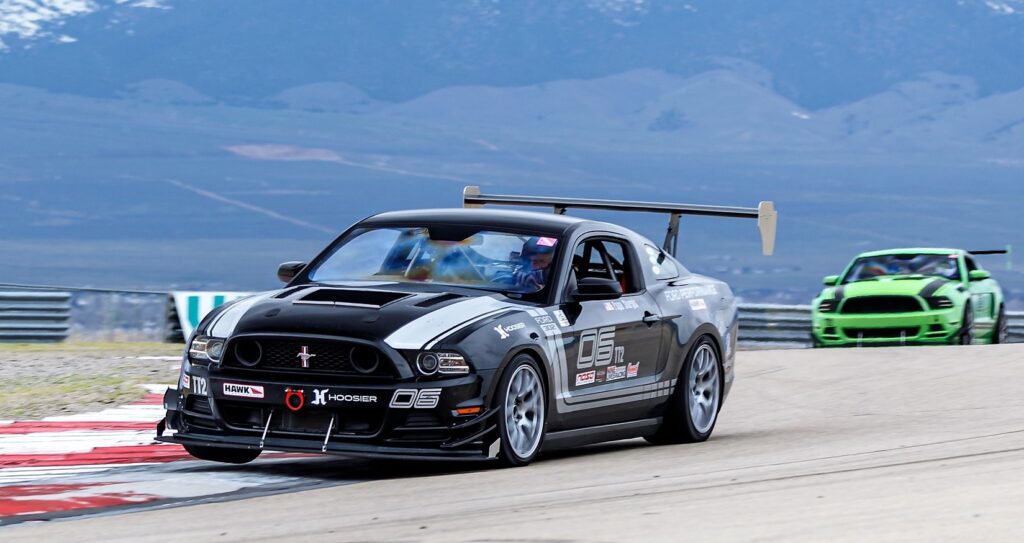
About the Author: Rod Sturgis is a NASA Utah HPDE (High Performance Driver Event training) instructor, TT2 (Time Trial) driver and probably the fastest guy he knows in a black Mustang with an 06 on the door! A life long motocrosser, Rod found track driving 9 years ago with NASA Utah and has never looked back. He loves working on cars—especially race car setup. Rod teaches the NASA Utah HPDE Clinic helping to educate drivers on how to work on, setup and care for their cars. Come drive with us! www.nasautah.com
© 2023, R Sturgis and R Bairett
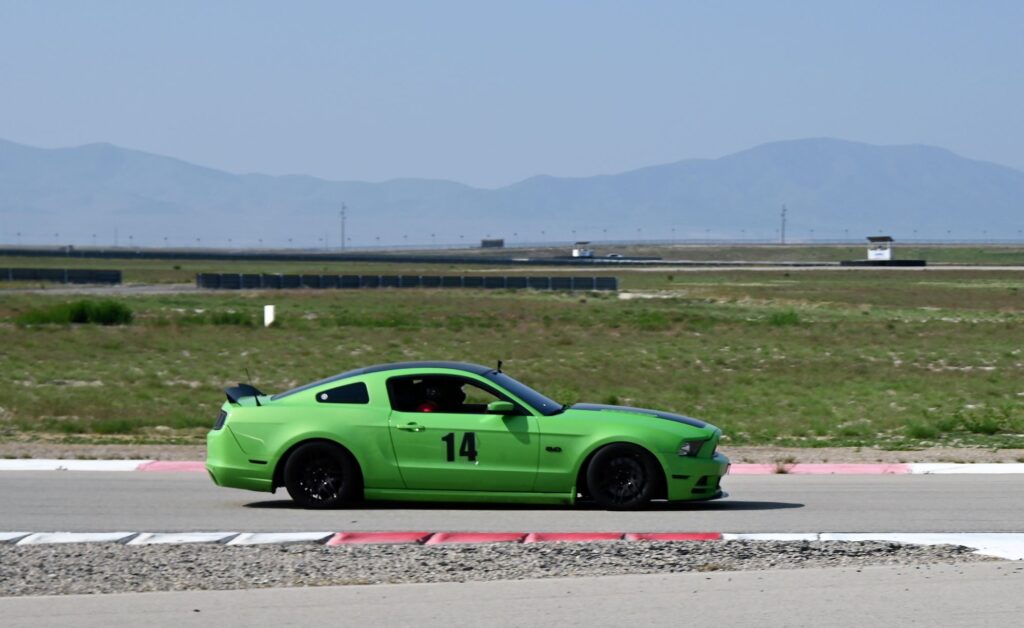




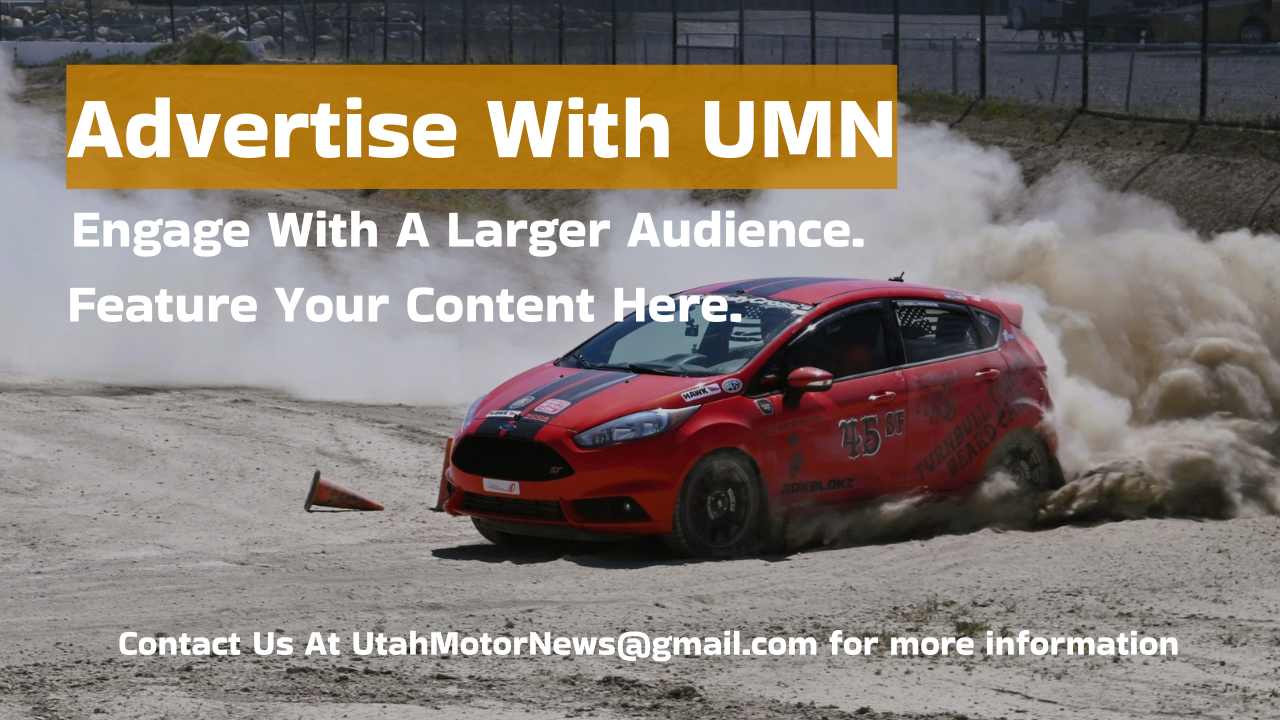



0 Comments